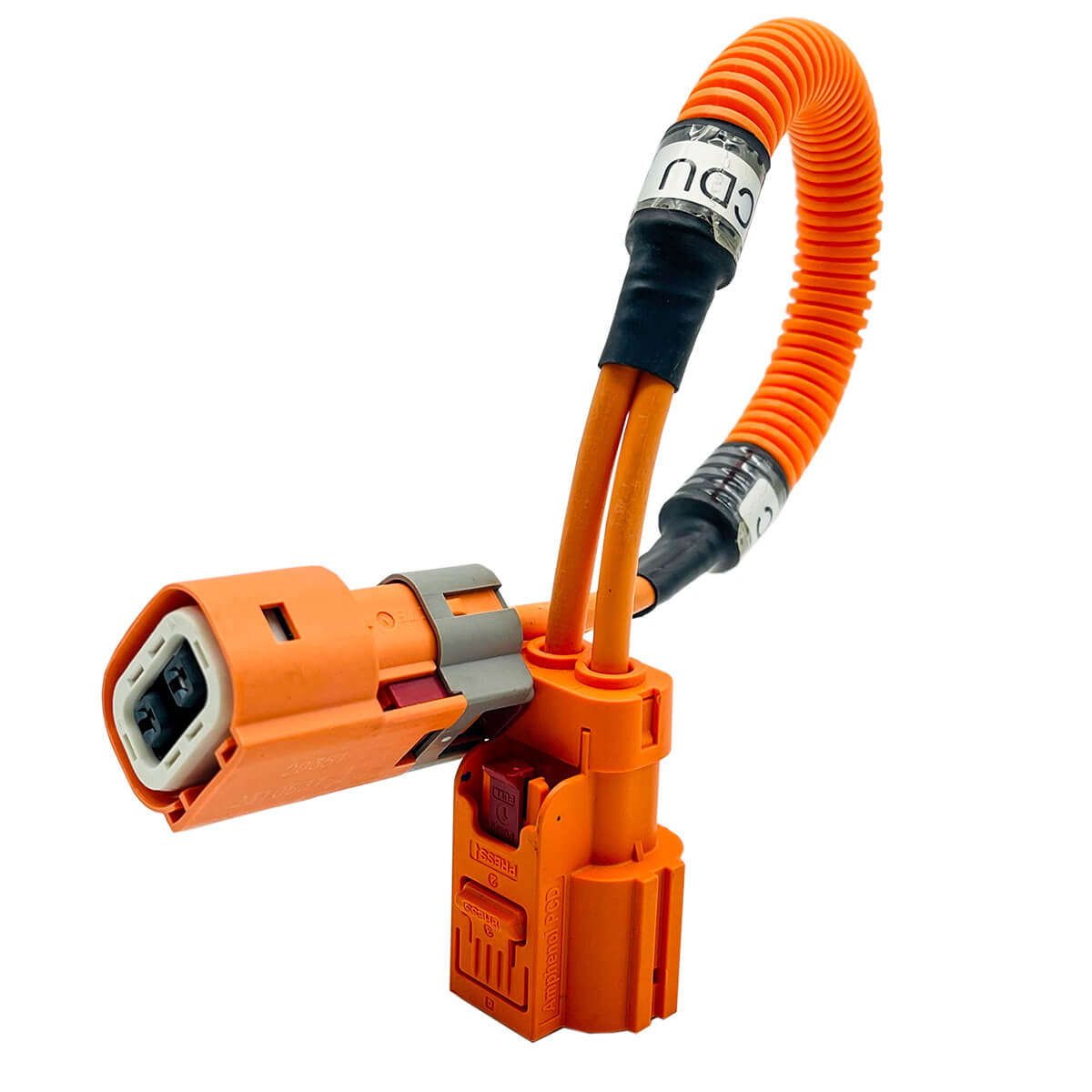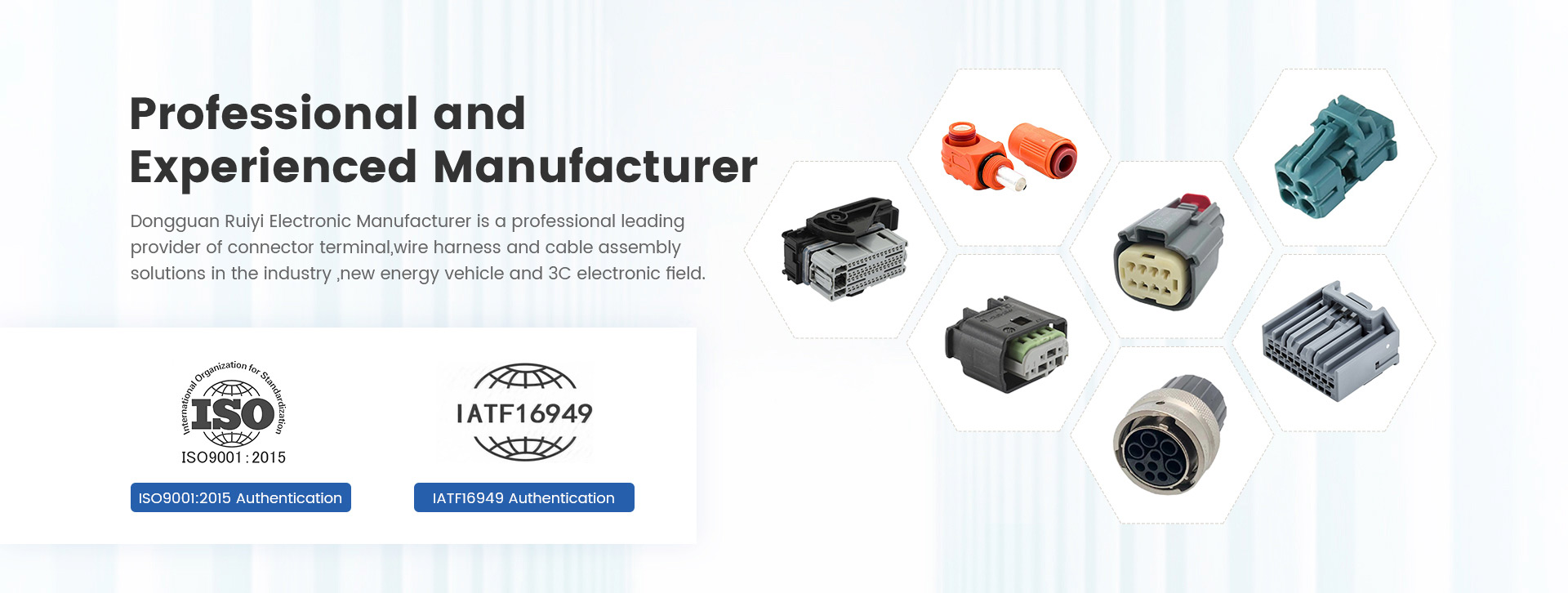In the field of new energy vehicles, high-voltage inTerlocking harnesses (HVIL Harnesses) play a crucial role in monitoring the safety of high-voltage systems and ensuring stable operation of vehicles under various environmental conditions. However, new energy vehicles often need to operate in various extreme environments, such as high temperature, low temperature, high humidity, sandstorms, and other harsh conditions, which pose extremely high requirements for the environmental adaptability of HVIL Harnesses. This article will delve into the environmental adaptability and response measures of HVIL Harnesses.

1. Adaptability in high-temperature environments
In high-temperature environments, the insulation material of wire harnesses is prone to aging, softening, and even melting, leading to a decrease in electrical performance or short circuit faults. Therefore, the insulation material of HVIL Harness must have good high-temperature resistance performance. Common high-temperature resistant materials include high-temperature resistant polyolefins, silicone rubber, etc., which can maintain stable electrical and mechanical properties at high temperatures. In addition, the layout and fixing method of the Wiring Harness also need to consider heat dissipation issues to avoid local high temperatures.
2. Adaptability in low-temperature environments
In low-temperature environments, the insulation material of wire harnesses is prone to hardening and becoming brittle, leading to unstable electrical performance or fracture. Therefore, the insulation material of HVIL Harness also needs to have good low-temperature resistance performance. Common low-temperature resistant materials include polyvinyl chloride, polytetrafluoroethylene, etc., which can maintain flexibility and toughness at low temperatures. In addition, the Connectors and fixing parts of the wiring harness also need to be made of low-temperature resistant materials to ensure good connection performance and fixing effect even in extreme low temperatures.
3. Adaptability in high humidity environments
In high humidity environments, the insulation layer of the wiring harness is prone to water absorption and expansion, leading to a decrease in electrical performance or insulation failure. Therefore, the insulation material of HVIL Harness needs to have excellent moisture resistance. Common moisture-proof materials include moisture-proof polyolefins, moisture-proof silicone rubber, etc., which can effectively prevent the penetration and diffusion of moisture. In addition, the sealing and waterproof performance of the wiring harness also need to be strengthened to prevent moisture from entering the interior of the harness and causing damage.
4. Adaptability in dusty environments
In a dusty environment, wire harnesses are prone to erosion and wear caused by sand and dust, resulting in insulation layer damage or exposed conductors. To enhance the adaptability of HVIL Harnesses in dusty environments, dust-proof designs can be adopted, such as adding protective covers or sheaths to the wiring harness to reduce direct contact between sand and dust on the wiring harness. Meanwhile, selecting wear-resistant and scratch resistant materials as insulation layers can effectively extend the service life of the wiring harness.
5. Comprehensive response measures
In addition to specific environmental measures, comprehensive measures can also be taken to improve the environmental adaptability of HVIL Harnesses. For example, optimizing the layout and structure of wiring harnesses to reduce bending and twisting, in order to reduce the risk of stress concentration and damage; Strengthen the protection and fixation of wire harnesses to prevent damage caused by vibration and impact; Regularly inspect and maintain wiring harnesses, promptly identify and address potential issues.
6. Future development trends
With the continuous progress of new energy vehicle technology, the environmental adaptability requirements for HVIL Harnesses are also constantly increasing. In the future, we can look forward to the application of more new materials and technologies to further enhance the environmental adaptability of HVIL Harnesses. For example, developing new insulation materials with higher temperature resistance and better moisture resistance; Adopting intelligent monitoring technology, real-time monitoring of the working status and environmental conditions of the wiring harness, achieving early warning and fault diagnosis; Utilize wireless communication technology to achieve seamless connection and data sharing between wiring harnesses and other vehicle systems.
In summary, the environmental adaptability of HVIL Harnesses is one of the key factors to ensure the stable operation of new energy vehicles in various harsh environments. By selecting appropriate materials, optimizing design, and strengthening protection measures, the environmental adaptability of HVIL Harnesses can be effectively improved, providing strong guarantees for the safe operation of new energy vehicles.


